Microsoft PHI 4: The Next Frontier in Generative AI
What is Microsoft PHI 4? Microsoft has taken a bold step in reshaping the AI landscape with the launch of PHI 4, its latest generative AI model. Unlike the trend of building massive AI systems, PHI 4, with 14 billion parameters, proves that innovation isn’t solely about size. By emphasizing data quality and groundbreaking training methods, Microsoft is setting new benchmarks for performance in areas like reasoning, mathematics, and coding.
This article delves into the core innovations of Microsoft PHI 4, its groundbreaking training methods, and what its future holds for AI enthusiasts and businesses alike.
What is Microsoft PHI 4 Special?
PHI 4 challenges the “bigger is better” notion in AI. Its compact yet efficient architecture leverages high-quality synthetic data to outperform even larger models in critical benchmarks.
Key Highlights of PHI 4
- Focus on Synthetic Data: Instead of relying on web content, Microsoft designed structured challenges using synthetic data, enhancing PHI 4’s ability to handle complex reasoning tasks.
- Innovative Training Techniques: With 10 trillion tokens of synthetic and curated data, PHI 4 employs multi-agent prompting and instruction reversal to boost its learning capabilities.
- Efficiency Meets Power: PHI 4’s streamlined architecture offers exceptional performance without the massive computational demands of models like GPT-4 or Gemini Ultra.
Revolutionary Training Techniques of PHI 4
Microsoft introduced groundbreaking methods to train PHI 4, ensuring unparalleled performance in tasks requiring intricate reasoning.
- Synthetic Data Utilization
- By crafting structured challenges, PHI 4 developed deeper insights into tasks like coding and mathematical reasoning.
- This approach equips PHI 4 to excel in real-world applications demanding precision.
- Multi-Agent Prompting
- AI agents interact during training to refine responses, improving problem-solving abilities.
- Instruction Reversal
- By flipping instruction styles, the model gains a better grasp of complex tasks, enhancing its versatility.
Performance Benchmarks
PHI 4’s results speak for themselves, showcasing its ability to outperform larger models:
- Mathematical Reasoning: Scored 80.4, surpassing Google’s Gemini Pro 1.5 and OpenAI’s GPT-4.
- Coding Tasks: Delivered exceptional results in human evaluation benchmarks, highlighting its robust technical capabilities.
These benchmarks emphasize that superior training techniques can enable smaller models to compete effectively with their larger counterparts.
Efficiency Redefined
PHI 4 bridges the gap between performance and accessibility. Its architecture requires fewer resources, making it an ideal solution for businesses that previously found AI adoption cost-prohibitive.
- For Enterprises: Mid-sized companies can leverage PHI 4 without major infrastructural changes.
- Cost-Effectiveness: Reduced computational demands lower the barriers to entry for adopting advanced AI capabilities.
Post-Training Innovations
Microsoft enhanced PHI 4’s output quality through meticulous post-training processes:
- Direct Preference Optimization (DPO): Refines the model’s responses by comparing outputs and steering toward accurate results.
- Rejection Sampling: Filters out unhelpful responses during training, ensuring reliability and precision.
Safety and Ethical AI Practices
Safety is at the forefront of PHI 4’s design. Microsoft has integrated responsible AI principles, ensuring secure and ethical deployment:
- Azure AI Foundry: Offers tools to monitor and manage risks.
- Content Filters and Prompt Shields: Safeguards against harmful outputs, ensuring PHI 4 remains reliable in diverse applications.
- Rigorous Testing: Resilience against adversarial attacks and manipulative prompts has been validated through extensive red teaming exercises.
Future of Microsoft PHI 4
Currently available under research preview via Azure AI Foundry, PHI 4 is set to redefine the generative AI ecosystem. Future plans include:
- Public Accessibility: Release on platforms like Hugging Face for developers and researchers.
- Enhancements: Addressing areas like instruction-following and hallucination reduction, with potential integration of real-time search capabilities.
- Broad Applications: From healthcare to education, PHI 4 aims to transform industries with its versatile capabilities.
Why PHI 4 Matters
Microsoft PHI 4 demonstrates that innovation lies in quality over quantity. By focusing on advanced training techniques and data integrity, PHI 4 sets a new standard for generative AI.
For businesses, this model offers an affordable yet powerful solution to integrate AI into daily operations, particularly in coding, data analysis, and project management.
Conclusion
The launch of Microsoft PHI 4 marks a paradigm shift in the AI world. By proving that smaller, well-trained models can outperform their larger counterparts, Microsoft paves the way for a more efficient and accessible future in AI technology.
As Microsoft continues to refine PHI 4’s capabilities and expand its reach, we can expect this model to play a pivotal role in shaping AI’s future.
Stay updated on the latest AI developments, and let us know your thoughts on PHI 4 in the comments below. For more updates, subscribe to our newsletter!
More AI news Hire











